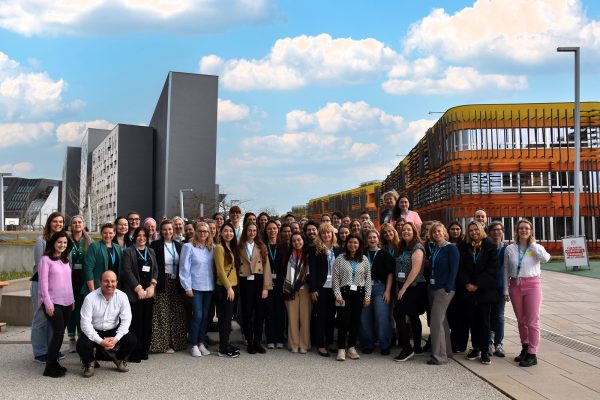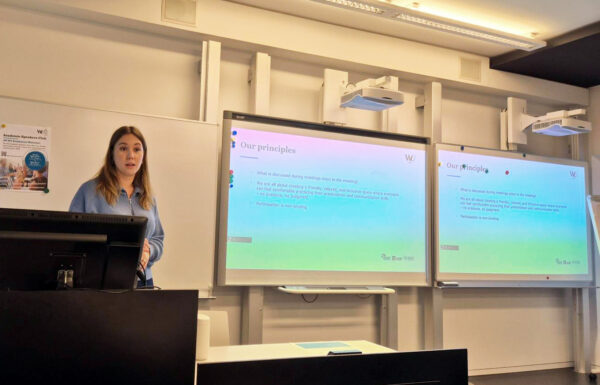Will poverty be eradicated by 2030?
The Sustainable Development Goals (SDGs) aim at putting an end to poverty, protecting the planet, and ensuring prosperity for all. The first of the 17 SDGs is to “end poverty in all its forms everywhere”. The need to develop practical instruments for tracking the progress on each one of the SDGs in the context of a “data revolution” has been often voiced by policymakers and scientists in different disciplines.
On May 10th, the World Poverty Clock, an innovative new tool to visualize global poverty projections, was presented at re:publica, one of the largest conferences about digital culture in the world. The World Poverty Clock is the result of a joint effort of a group of researchers at the WU and at the World Data Lab, a Vienna-based analytical NGO and data refinery enterprise whose main goal is to democratize the access to data. The presentation of the World Poverty Clock has been received with enthusiasm by many public personalities, including renowned researchers and science writers such as Michael Shermer or Max Roser as well as policymakers.
Our work consisted of reconstructing the income distribution for all countries of the world and projecting these to the future, so as to predict the number of persons living in poverty (that is, with an income of less than 1,90$ per day) in the coming decades. Such an endeavour faced several important challenges in terms of data collection and statistical modelling. Creating a truly global poverty visualization tool implies that figures on the number of poor people for countries such as North Korea or Syria need to be estimated, a task that has been carried out using econometric models.
Computation of poverty projections
In addition, the computation of poverty projections required linking average income per capita growth predictions with assumptions about the future changes in the income distribution for all countries of the world. Income paths for all countries of the world were obtained by combining income growth forecasts from the International Monetary Fund with several long-term income projections that were developed for assessing the effects of climate change (among them, income projections based on population dynamics by age and education created in the Wittgenstein Centre for Demography and Global Human Capital). In the current version of the World Poverty Clock, we assume no changes in the shape of the income distribution to project poverty dynamics, but our modelling framework can also be employed to simulate different redistributive policies and their effect on poverty figures.
By highlighting the difference in progress towards the fulfillment of the poverty SDG across countries and over time, we expect the World Poverty Clock to contribute significantly to the development policy debate and inform researchers and policymakers about the progress in global poverty eradication.
#worldpoverty #demography #research #Sustainability


























